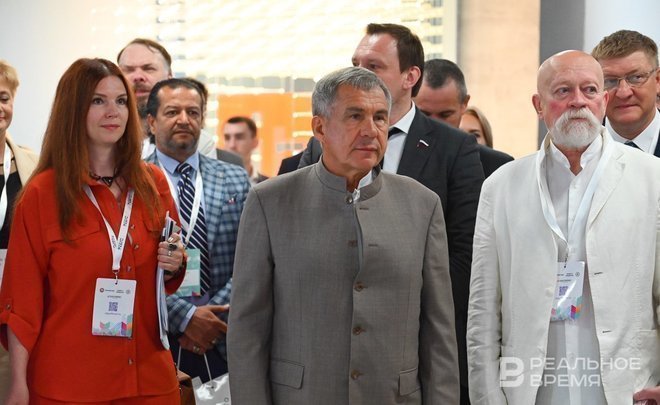
“The historical centre is, of course, attractive: those who invest want to get a good profit, but interests should be brought together here. This is why the historical centre is a big problem for authorities,” Rustam Minnikhanov reflected on difficulties of engaging cultural heritage sites into commerce when delivering a speech at a plenary session of REBUS 2023: Economy of Construction of in Historical Centre international forum on 3 July. Authorities of Kazan, Nizhny Novgorod and Vologda shared practices of engaging businesses into renovation admitting that the regulation of the protection of architectural and historical landmarks depended on the region’s “top official.” Developers consider that restrictions in protection zones of cities’ historical centres impede from developing a mechanism of holistic territory development.
Historical heritage in good hands
The historical centre in cities cannot stay an untouched museum reserve but be integrated into the urban city space conserving its cultural identity. Representatives of federal power agencies, municipalities and large businesses discussed the problem of conservation of historical heritage again.
Republican and Kazan authorities who managed to restore around 300 cultural heritage sites and were obviously proud of their fruit of their job delivered speeches at REBUS 2023: Economy of Construction of in Historical Centre international forum. Also, Nizhny Novgorod authorities who managed to attract federal money to the infrastructure of a grandiose project in Nizhny Novgorod’s historical zone and Vologda Mayor Sergey Voropanov who is just at the start of his journey shared their experiences. By the way, Voropanov will have to restore the Kremlin by the celebration of the city’s 880th anniversary by 2027.
Russian Vice Premier Marat Khusnullin was to represented the supreme federal power but he couldn’t come and delivered his greetings to forum attendees via teleconference. A big delegation of federal functionaries and deputies who are responsible for cultural heritage protection arrived in Kazan even without him. The international forum gathered a total of over 100 guests from different regions as well as managers of big developers from Kazan. They had been waiting for the forum with impatience because it was going to be decided at the forum what preferences investors running the risk of investing in the restoration of historical heritage could receive. On the other hand, the conservation of historical identity attracts more tourists to cities. How to find a balance?
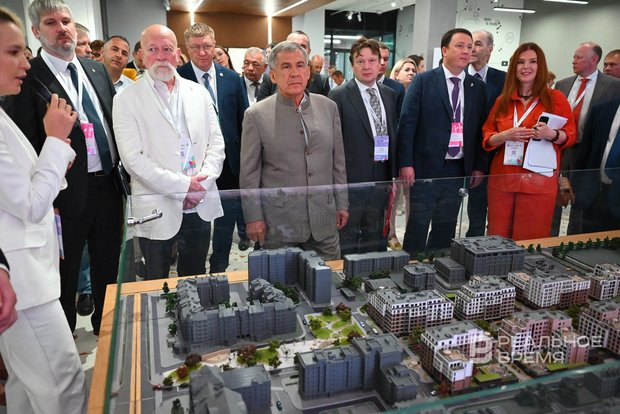
“Every building used to have a plaque with an architect’s name”
Federal authorities agree that current urban engineering rules on state historical and cultural inspection force investors to go round in a circle. According to Vice Construction Minister of Russia Sergey Muzychenko, it is considered to unite a state inspection and a historical and cultural inspection soon to accelerate project approval.
“Such rules should be create to make the inspection simultaneous,” he indicated.
Sergey Pakhomov, chairman of the Russian State Duma’s Committee for Construction, Housing and Utilities, thinks that it was impossible to regulate the appearance of the historical city centre with one legislative act. The lawmaker can just provide instruments for regulation on the spot: “If a responsible functionary who is responsible for territory developments loves it and clearly understands what he is building, everything starts here. So Kazan is an example when not indifferent people even in the existing legal area do what they do. Of course, we have a series of problems in this part. First of all, it is necessary to talk about architecture, urban planning. The current law needs to be updated because it doesn’t illustrate our needs. Our law on architecture is just ready to roll.”

Tatarstan Rais Rustam Minnikhanov sees a problem — how to lower developers’ huge appetites. But first he admitted that mistakes were made at the initial stage of restoration of Kazan’s historical centre. 300 historical heritage sites have been restored in Kazan in the last ten years.
“We like it ourselves but we see the mistakes made. With our involvement too,” he recognised.
According to him, now an intergovernmental commission for urban engineering affairs in historical settlements chaired by him considers every project, everything is open and public. “The historical centre is, of course, attractive: those who invest want to get a good profit, but interests should be brought together here. This is why the historical centre is a big problem for authorities,” Rustam Minnikhanov reflected on difficulties of engaging cultural heritage sites into commerce.
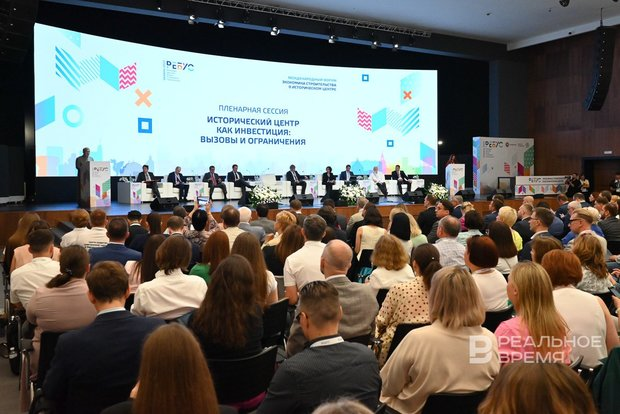
“We considered public activists as urban crazy people first”
“All 300 sites needed to be restored, but their owners behaved as dog on hay,” the Kazan mayor continued talking on the topic. According to him, federal legislation didn’t limit them when bringing these buildings into a standard state. “And the city’s possibilities wouldn’t be enough if not the top official’s political willpower. He didn’t criticise and started to visit the sites himself,” Ilsur Metshins aid.
“We don’t build high-rises in the centre. A political will is needed for this, and it is hard for a mayor to withstand the pressure of investors alone,” he added and specified that rules were introduced for all investors.
“Four years ago we considered public activists as urban crazy people who take to the streets with banners,” Vologda Mayor Sergey Voropanov recalled his communication with city defenders with humour.
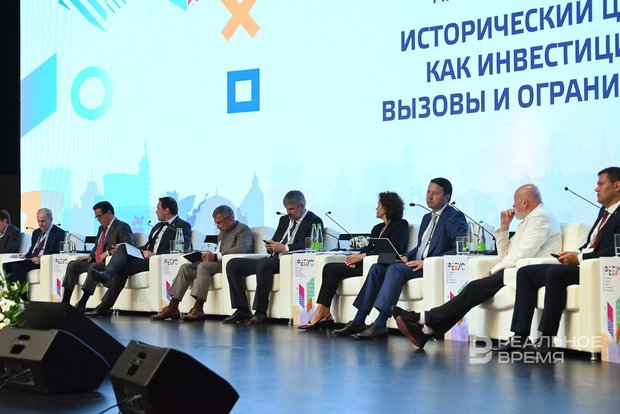
However, now the authorities of the city switch to a dialogue mode, created a project office for the conservation of wooden architecture sites. According to the mayor, urban authorities have spent 5 million rubles to develop project documentation for historical sites in the city centre and attracted 60 million rubles for restoration. He says that seven sites have been restored, another 37 are underway. “Wooden architecture is a new oil, after Vologda lacework and oil. Indeed, people started to come here because it is hard for a small backwater town to surprise tourists from big cities,” noted the Vologda mayor.
Investors are given historical heritage sites in small Tatarstan towns for a ruble. But before this, a landmark’s restoration project is elaborated with public money. “They don’t receive just a project. If somebody knows how to do this without money, it isn’t us. We have some money,” Rustam Minnikhanov answered the moderator’s question about these sites were attractive, not a burden for the budget.
Nizhny Novgorod authorities boasted about a development concept of Zapochainya historical zone. According to Minister of Urban Engineering and Development of Agglomerations of Nizhny Novgorod Oblast Marina Rakova, the potential of Zapochainya is 38.5 billion rubles of private investments. But before letting private capital in, the authorities cared about preparing the site. According to the speaker, 3.8 billion rubles were attracted to lay networks and roads.
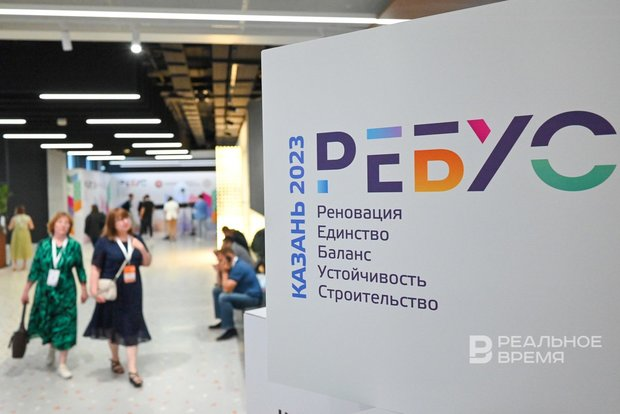
Meanwhile, developers are afraid of investing in historical settlement projects. President of the association National Union of Constructors Anton Glushkov says there are two problems that impede from using the mechanism of a holistic territory development. The first is to define the borders of historical settlements, the mechanism used to change them is very non-flexible. The second one is inaccurate legislation. “Watchdogs cite cases when historical sites are found in the centre as a lack of information and make us carry out a historical and cultural inspection,” he noted. The expert thinks that the power must be the vanguard in the conservation of historical territories and their development, and a developer must joint as second echelon.
Luiza Ignatyeva. Photo: Maxim Platonov






